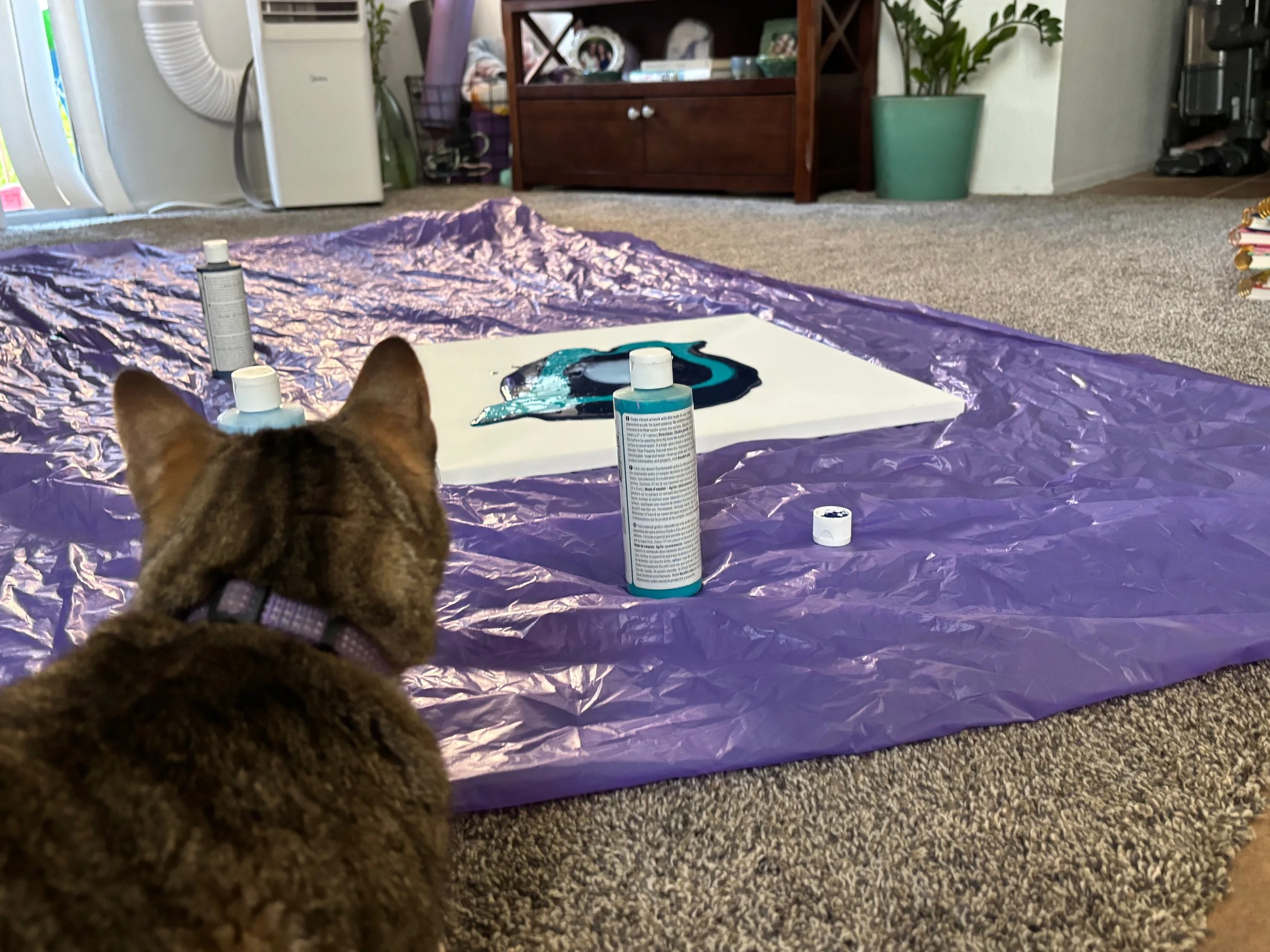The whole notion of evolving as an interaction designer to make better products is a constant in my mind. I was traditionally trained, earning a BFA in Graphic Design. While I gained an incredible foundation for design, both traditional and digital, experience design had not yet emerged in a real way. I designed websites for the sake of translating information onto the web. I could not devote my life's work to something so primitive. Fast-forward eight years (which might as well be a lifetime in the technology world) to embracing experience design wholeheartedly. While I had dabbled in interaction design early in my career, I did not jump in entirely until I joined Terralever, a digital marketing firm (now LaneTerralever) in 2013. I dig interactive experiences, but what I am truly motivated by is the thought process behind scenes. How do you make a memorable experience that impacts people in a profound way? How do you create a product that is not just useful but makes someone feel raw emotion?
Fast-forward eight years (which might as well be a lifetime in the technology world) to embracing experience design wholeheartedly. While I had dabbled in interaction design early in my career, I did not jump in entirely until I joined Terralever, a digital marketing firm (now LaneTerralever) in 2013. I dig interactive experiences, but what I am truly motivated by is the thought process behind scenes. How do you make a memorable experience that impacts people in a profound way? How do you create a product that is not just useful but makes someone feel raw emotion?
David Gillis, product designer at Facebook, wrote an extensive article on design process while at Teehan +Lax. Everyone wants to make cool shit that sells, but what if our goal wasn't merely creating something with cool experience chalk full of trendy design patterns? He references Robert Fabricant's talk, "Behavior is Our Medium." In essence, his message was:
"...we as interaction and user experience designers shouldn’t think of computing technology as our medium —the ultimate goal, and where our craft needs to evolve, is all about impacting, eliciting and shaping human behaviour. In other words, we shouldn’t be designing merely functional or usable things, but persuasive and transformative things."
To learn more about Fabricant's belief that "interaction design is not about computing technology," watch the entire video here.
Back to David. He argues that compelling products have three factors behind them: ethos, pathos and logos.
- Ethos is an appeal to the speaker’s personal credibility. It’s about trust.
- Pathos is an appeal to the passions and emotions of the audience. It’s about engendering empathy.
- Logos is an appeal to reason. It’s about the logic of the argument itself.
Let's get back to the idea of creating better products. My desire to evolve as a designer, from good to great, is not just about the volume of my work or my design taste. As inspiring as Ira Glassman's video on the creative process is, the heart of the matter is behind scenes. It starts miles before we put pen to drawing pad or open up Photoshop or Sketch. I want to move people and evoke raw emotion. I want my work to leave a lasting impression on them. Push yourself to delve deeper and start by reading the entire article here. And while you do, take in the stunning redesign of Medium's site.





